The United States Grand Prix in Austin saw the introduction of an extensive package of changes to Red Bull's RB20, a substantial part of which involved the removal of the bazookas of the original low-downforce version of the car.
The rear profile of the sidepods were also modified with a marginal change in the side edge of the floor being made, but the performance trend over the weekend was unclear.
Despite Verstappen obtaining pole position and victory in the sprint and second place in grand prix qualifying, Sunday's performances did not live up to expectations.
This has led to conflicting theses regarding the effectiveness of the Austin upgrades, with various details allowing for the argument to be made that their effectiveness has been marginal.
Starting with sprint qualifying, it is correct to observe that they were held in much the same way as grand prix qualifying in using soft tyres at the crucial moment.
The sprint pole indicates that over a single lap of COTA, the RB20 was balanced and with minimal weight and new tyres, no critical issues had been detected, with handling returning to a competitive level.
But a legitimate question to ask is how much of this balance was down to the upgrades and how much to the fact that a car on low fuel tends to hide any critical issues with the car dynamics.
Viewed by others:
Red Bull's set-up changes
The main purpose of the modification to the upper bodywork of the car was to create different upper fluid dynamics, less penalising in their nature than the previous version of the high-downforce bodywork introduced in Hungary.
It did not have a decisive effect on the management of the lower airflow passing under the floor, with the changes to the lateral edge of the floor having to be considered minimal and thus not capable of upsetting the balance of the car.
Turning to the sprint race and grand prix itself, Red Bull's engineers specified that there was a set-up change between the sprint and qualifying which dialled in understeer for the race, something Max Verstappen suffered from throughout the entire race.
The impact of these changes must be considered credible after excessive tyre wear in the sprint led to the idea to make the set-up changes to favour rear traction.
However, it must also be factored in that the sprint was just 19 laps long with a fuel load one-third of that used in the grand prix. Ergo, tyre wear could not else be justified without the car itself having a poor balance.
In varying the set-up for qualifying and the race, Red Bull would have induced understeer, but if this was a direct consequence, it is fair to say that the correct set-up of the RB20, designed to reduce tyre wear has become a double-edged sword on the machine.
Did the upgrade actually work?
By this, we mean that either the set-up used in qualifiyng on Saturday and in the race was just as wrong as that of the sprint, but poles apart in terms of adjustments, or the objective data of the modifications introduced did not change the dynamic behaviour of the car - which typically means the car is unbalanced on one of its two axles.
Therefore, in summary, if in sprint qualifying and the sprint, the set-up was too focused on the front-end, in qualifying and the race itself, it was on the rear-end.
This is an unmistakable sign that by varying the set-up, including by adding fuel, the car has radically changed its balance, but was left imperfect with the rear and then the front inducing understeer.
This gives reasonable proof that the upgrade introduced in Austin had no effect - and whilst it cannot be said that it made the situation worse, but it was not an effective remedy for the set-up problems in the race.
Also interesting:
Join RacingNews365's Ian Parkes, Sam Coop and Nick Golding, as they look back on the US GP and look ahead to this weekend's race in Mexico City. Max Verstappen and Lando Norris' Turn 12 incident is a key talking point, as is the narrative change in both F1 championships.
Rather watch the podcast? Then click here!
Don't miss out on any of the Formula 1 action thanks to this handy 2026 F1 calendar that can be easily loaded into your smartphone or PC.
Download the calenderMost read
In this article

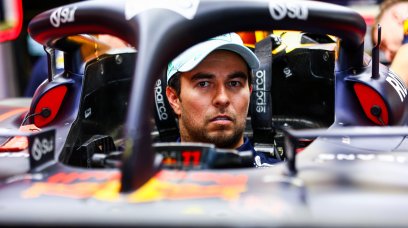
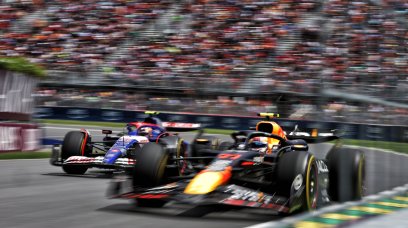
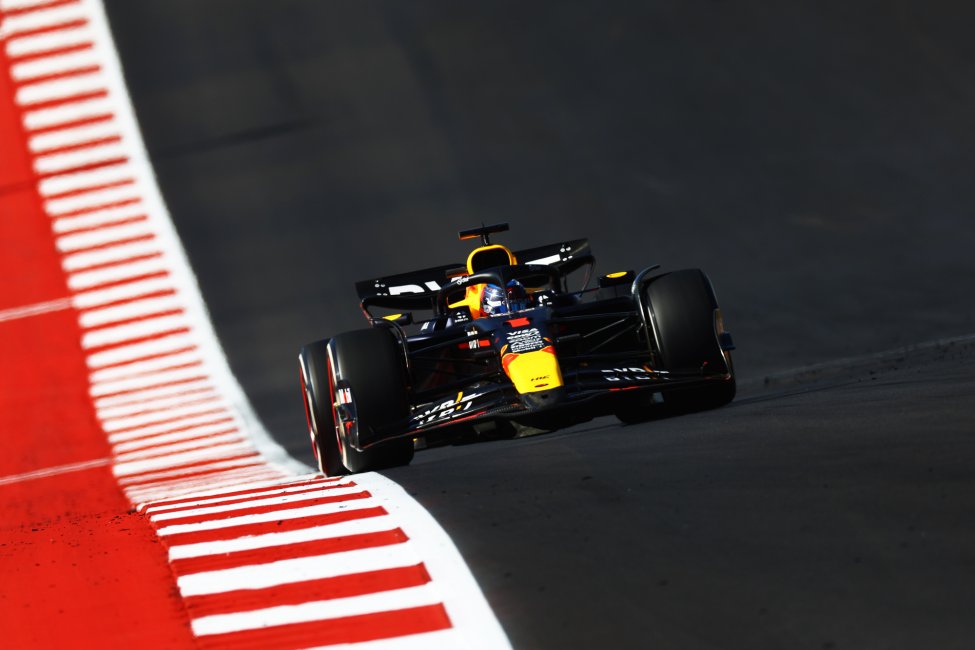
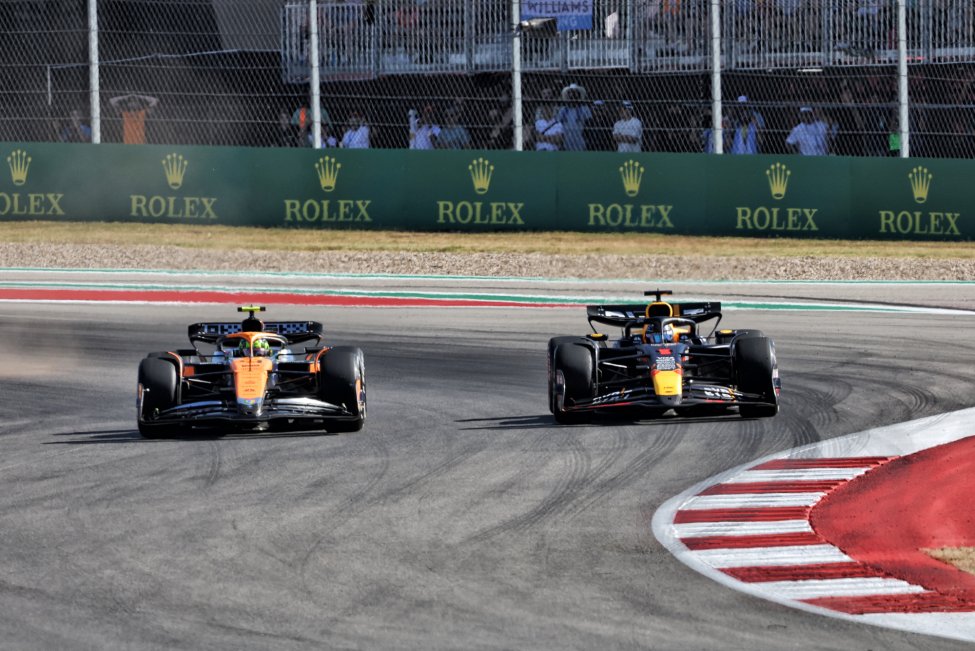
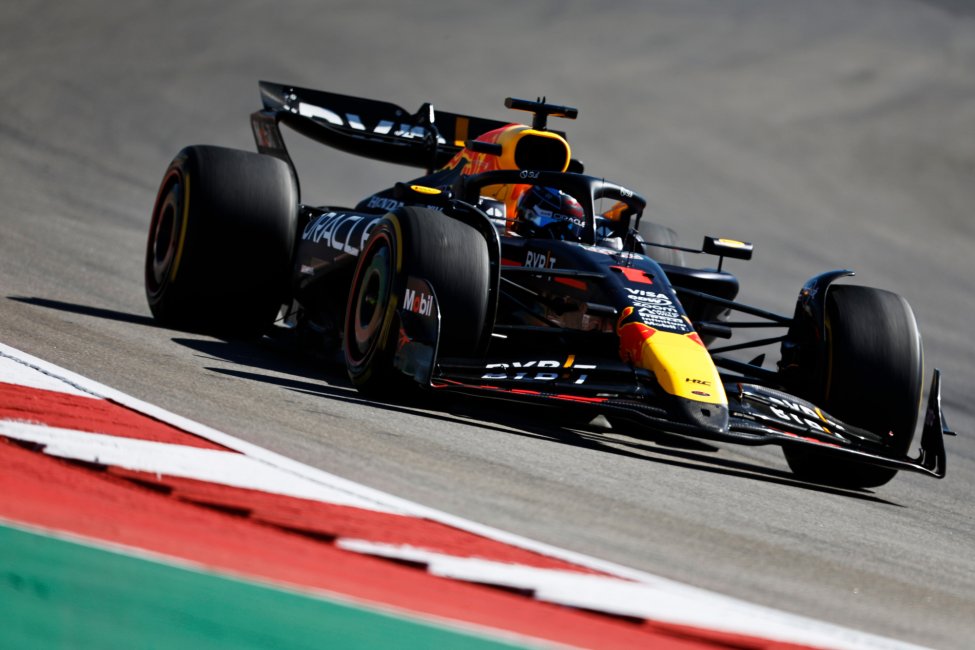


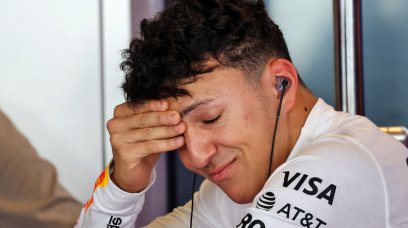
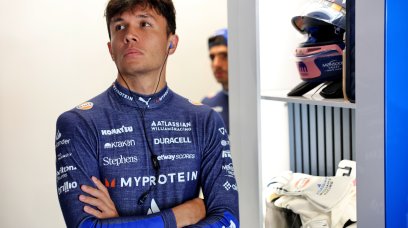
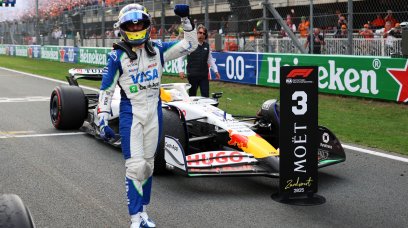


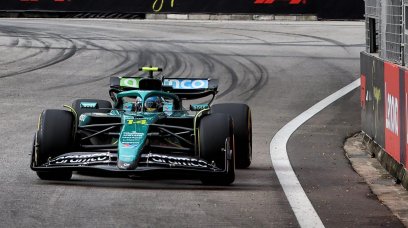

Join the conversation!